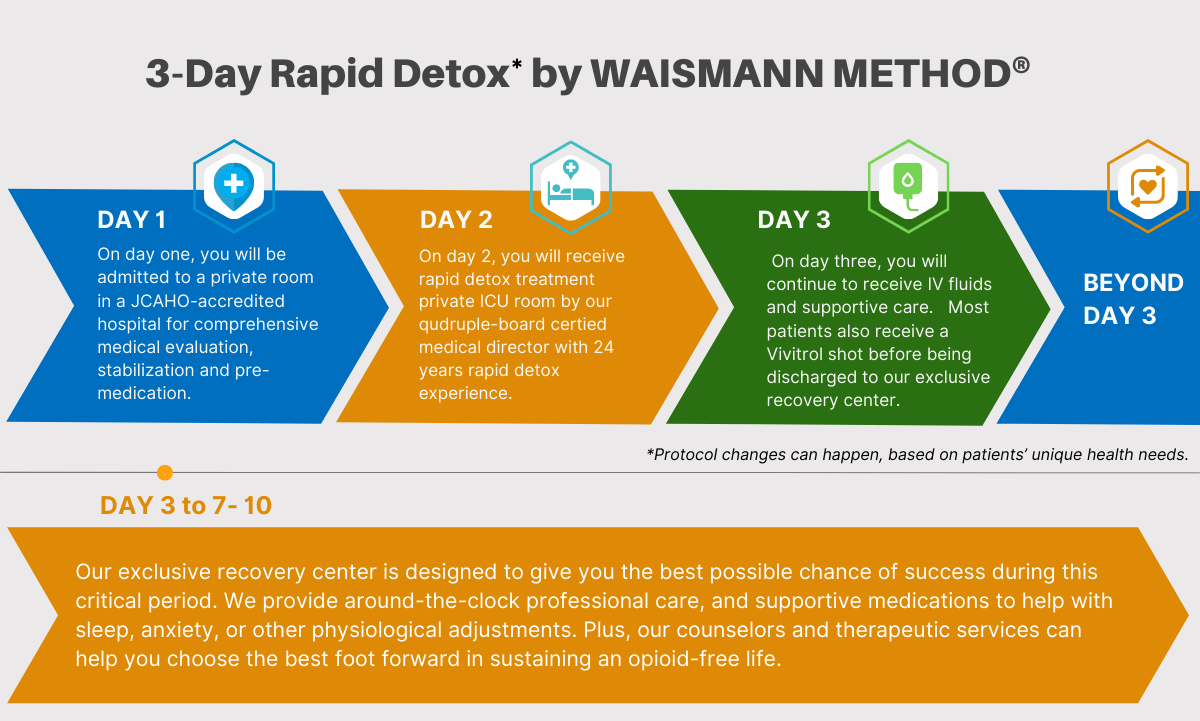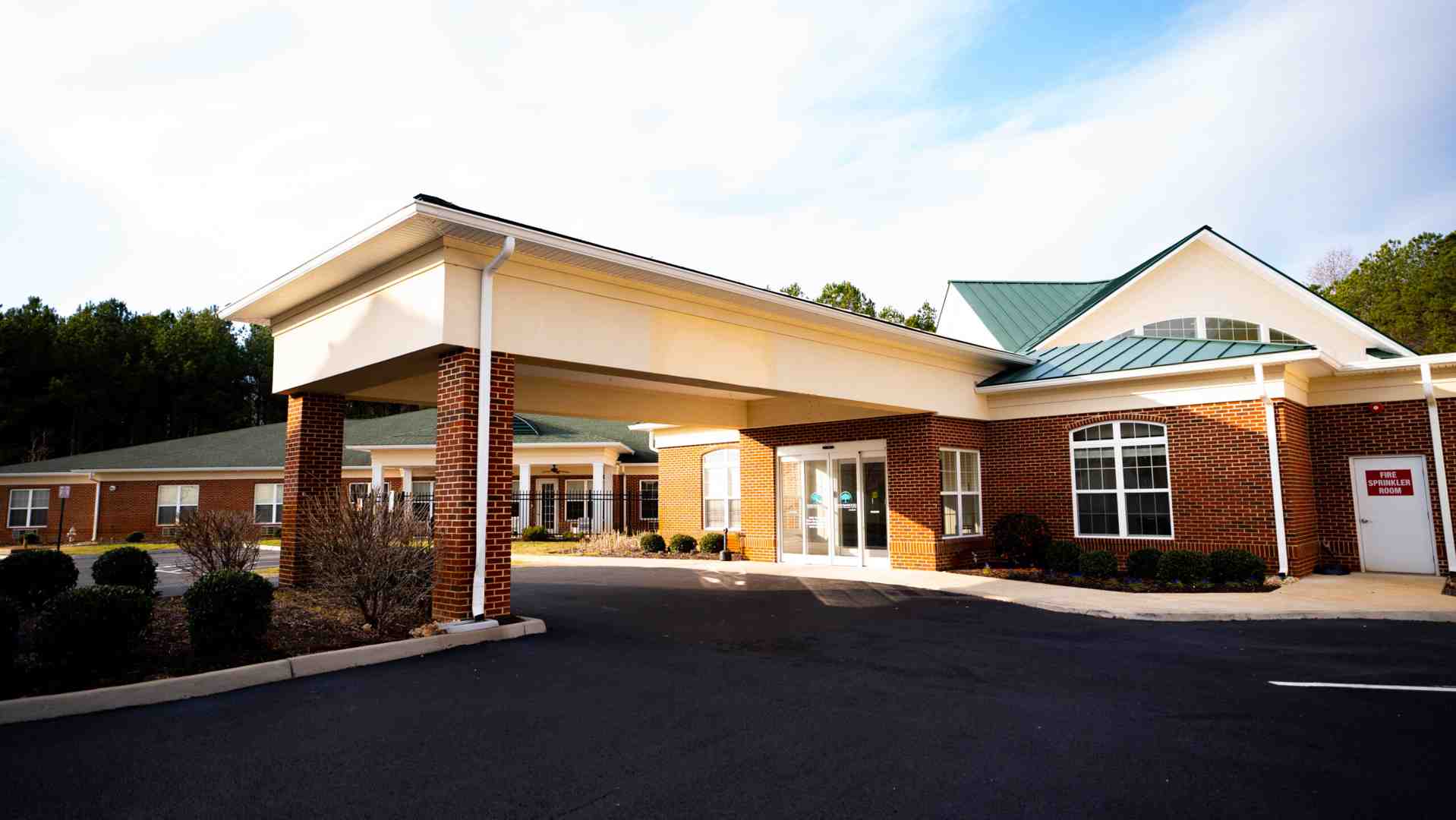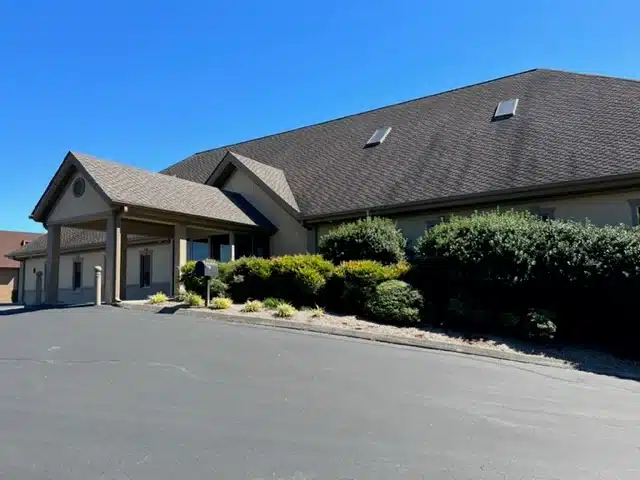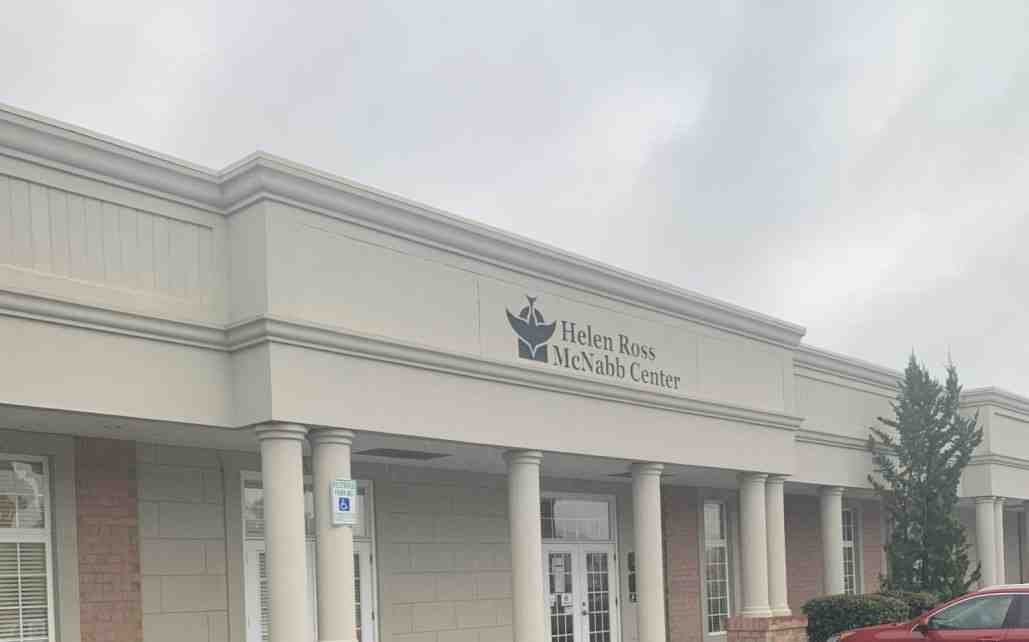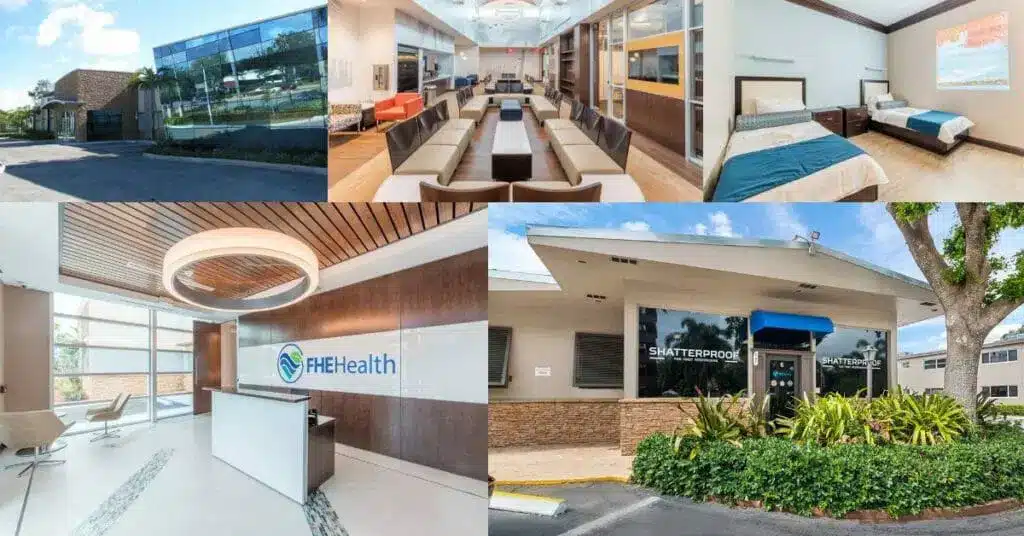
Why Finding the Right Inpatient Depression Treatment Center Matters
Depression treatment centers inpatient offer 24/7 medical supervision and intensive therapy for individuals experiencing severe depression. These facilities provide a safe, structured environment where you can focus entirely on recovery, away from the daily stressors and triggers that may be worsening your condition. Making the decision to seek this level of care is a courageous first step toward reclaiming your life.
Key signs you may need inpatient depression treatment:
Understanding when to transition from outpatient support to inpatient care is crucial. Here are more detailed signs that a higher level of care may be necessary:
- Severe functional impairment: This is more than just having a bad week. It’s a persistent inability to perform essential daily tasks. You might find it impossible to get out of bed, maintain personal hygiene, go to work, or care for your family. Responsibilities pile up, creating a cycle of stress and deepening the depression.
- Risk to self or others: If you are experiencing suicidal thoughts, making plans, or engaging in self-harm, immediate intervention is critical. Inpatient centers are secure environments designed to keep you safe. With 24/7 monitoring and support, they can manage acute crises and help you develop coping skills to steer these dark moments.
- Failure of outpatient treatment: You may have been diligently attending weekly therapy and taking prescribed medication, but your symptoms are not improving or are getting worse. This is not a personal failure; it’s a sign that the depression requires a more intensive, immersive therapeutic approach to break its cycle.
- Co-occurring disorders: Depression rarely exists in a vacuum. It is often intertwined with substance use disorders (as a form of self-medication), anxiety disorders, trauma, or other mental health conditions. An inpatient facility specializing in dual diagnosis can provide integrated treatment that addresses all conditions simultaneously, which is essential for lasting recovery.
- Need for medical supervision: Starting or changing antidepressant medications can be a delicate process with significant side effects. In an inpatient setting, medical staff can monitor your reaction to medications around the clock, make immediate adjustments, and manage any physical health issues complicated by depression.
Depression is not just sadness. It’s a complex medical illness and the leading cause of disability worldwide, affecting more than 300 million people according to the World Health Organization. While sadness is a temporary emotion, clinical depression is a persistent state of low mood, anhedonia (loss of interest in activities), and cognitive and physical symptoms that severely impact your ability to function. In the U.S. alone, nearly 10% of adults experienced a mood disorder in the past year, and more than 20% have experienced one at some point in their lives. When depression reaches this level of severity, outpatient care may no longer be sufficient.
At Addiction Helpline America, we’ve helped thousands of individuals and families steer the complex process of finding depression treatment centers inpatient that match their specific needs. The sheer number of options can be overwhelming, but you don’t have to do it alone. Our team of addiction specialists and recovery advocates provides 24/7 free, confidential support to understand your unique situation and connect you with the right treatment options.
Depression treatment centers inpatient vocab to learn:
- residential rehab for depression
- mental health facilities near me
- antidepressants inpatient rehab program
How the right fit makes a difference
- Alignment with evidence-based care: Programs that routinely use therapies like CBT, DBT, and EMDR, delivered by licensed clinicians, tend to show better outcomes for severe depression.
- Specialized tracks and inclusivity: Look for trauma-informed care, dual diagnosis capability, and programs that are welcoming and responsive to your identity and values (for example, LGBTQ+-affirming or faith-informed tracks).
- Family involvement and aftercare: Effective centers invite loved ones into the process when appropriate and begin discharge planning early, so you have a clear step-down path and support when you return home.
- Outcomes monitoring: Centers that measure progress with validated tools can fine-tune care in real time.
Common myths about inpatient depression care
- Myth: Inpatient means you are locked away for months. Fact: Many admissions last days to a few weeks for stabilization and skill-building, with a planned transition to lower levels of care.
- Myth: Inpatient is a last resort. Fact: Choosing intensive support earlier can reduce suffering, shorten episodes, and lower the risk of complications.
- Myth: You will lose independence. Fact: The goal is to help you regain independence by restoring safety, energy, and coping skills.
If the signs above resonate, acting sooner rather than later can prevent crises and make recovery more straightforward. With nationwide reach, Addiction Helpline America can help you compare options across locations, levels of care, and specialties to find a center that matches your clinical needs, preferences, and insurance. The right match is not just about a bed being available—it is about a program that understands you and is equipped to help you heal.
Understanding Inpatient Treatment: Is It the Right Choice?
Making the decision to seek inpatient care for depression is never easy. You might be wondering if it’s really necessary, or if there’s another way. The truth is, depression treatment centers inpatient exist for a reason—sometimes, the level of support you need simply can’t be provided while you’re still managing the demands of everyday life.
Inpatient care offers something truly unique: around-the-clock medical and emotional support. Imagine having trained professionals available at 2 a.m. when your thoughts feel darkest, or when medication side effects kick in unexpectedly. This isn’t just about having someone to call; it’s about having a nurse who can check on you, a therapist who can talk you through a panic attack, or a psychiatrist who can adjust your treatment plan in real-time based on your progress. This constant presence isn’t just comforting—it can be lifesaving. You’re never alone in your struggle.
One of the most powerful aspects of inpatient treatment is the safe and structured environment it provides. When you’re battling severe depression, even simple daily tasks can feel impossible. Bills, work deadlines, family conflicts, and household responsibilities pile up and become additional sources of stress. An Inpatient Facility for Mental Health removes you from these triggers entirely, creating space for focused recovery. A typical day is thoughtfully scheduled with therapeutic activities—individual therapy, group sessions, educational workshops, and holistic practices like yoga or mindfulness—interspersed with nutritious meals and time for personal reflection. This routine helps restore a sense of stability and predictability that depression often takes away. Think of it as hitting the pause button on life’s chaos so you can actually heal.
This removal from daily stressors isn’t about running away—it’s about giving yourself permission to make recovery your full-time job, even if just for a short while.
To help you understand the differences between care levels, here’s a comparison of inpatient and outpatient treatment for depression:
| Criteria | Inpatient Treatment | Outpatient Treatment |
|---|---|---|
| Intensity | High-intensity, 24/7 care with continuous monitoring | Lower intensity, scheduled sessions (weekly or several times per week) |
| Environment | Residential facility where you stay overnight | You live at home and attend appointments |
| Support | Round-the-clock medical supervision and immediate crisis intervention | Support during scheduled appointments only |
| Ideal Candidate | Severe depression, suicidal thoughts, co-occurring disorders, failed outpatient care | Mild to moderate depression, stable condition, strong home support system |
Not all depression treatment centers inpatient are the same. There are several types to consider based on your specific needs, ensuring you find the most appropriate environment for your healing journey.
Hospital-based psychiatric units provide the highest level of medical oversight and are designed for acute crisis stabilization. Stays are typically short, lasting from a few days to a week. The primary goal is to ensure your immediate safety, stabilize your symptoms, and create a plan for transitioning to a lower level of care, such as a residential program.
Residential treatment centers (RTCs) offer longer-term care, usually from 30 to 90 days or more, in a more comfortable, home-like setting. These programs move beyond crisis stabilization to focus on deep therapeutic work, skill-building, and developing healthy routines. The environment is less clinical and emphasizes a community model, where you heal alongside peers who understand your struggles, fostering a powerful sense of connection and mutual support.
Many facilities also offer specialized programs custom to specific populations, recognizing that a one-size-fits-all approach doesn’t work for mental health:
- Young adults face unique challenges with depression, including academic pressure, career uncertainty, and the impact of social media. Specialized programs address these issues while helping them build a foundation for a healthy adult life.
- Veterans often contend with depression alongside post-traumatic stress (PTSD) and difficulties transitioning to civilian life. Veteran-specific programs are staffed by professionals who understand military culture and provide trauma-informed care.
- First responders deal with high levels of occupational stress and cumulative trauma. These programs offer a space where they can be open about their experiences with peers and therapists who get it, without fear of judgment or professional repercussions.
If you’re also dealing with conditions like bipolar disorder, you might want to explore our Bipolar Treatment Center Complete Guide for additional insights into specialized care.
The right choice depends on where you are in your journey and what level of support will give you the best chance at healing. There’s no shame in needing more intensive care—only courage in seeking it. Finding a program that aligns with your personal history, symptoms, and recovery goals is the key to opening a healthier future.
What a typical inpatient day may look like
- Morning: Wake-up, brief wellness check and vitals, and medication administration as prescribed, followed by a nutritious breakfast.
- Individual therapy: One-on-one time with a therapist to work through symptoms, triggers, and goals.
- Skills groups: CBT- and DBT-based groups to practice coping skills, emotion regulation, and behavioral activation.
- Midday: Lunch and brief rest or journaling time to consolidate learning and reduce overwhelm.
- Afternoon programming: Psychoeducation classes, process groups, or adjunctive therapies such as mindfulness, yoga, art, or recreational therapy.
- Family involvement: On designated days, family sessions help educate loved ones and strengthen your support network.
- Evening: Community meetings, reflection, and wind-down routines that promote healthy sleep hygiene.
Quality inpatient programs combine safety with dignity. You can expect respectful care, privacy protections, and collaboration in your treatment plan. Safety checks and medication management are routine, not punitive—they are designed to keep you stable while you gain the tools you need to feel like yourself again.
Length of stay varies based on clinical need: hospital-based units typically focus on a brief stabilization window, while RTCs allow more time to practice new skills. Regardless of where you begin, a strong program will coordinate a step-down plan—often to partial hospitalization (PHP), intensive outpatient (IOP), or outpatient therapy—so your progress continues after discharge.
Our helpline is 100%
free & confidential
If you or someone you care about is struggling with drug or alcohol addiction, we can help you explore your recovery options. Don’t face this challenge alone—seek support from us.
Programs
Resources
Will my insurance
cover addiction
treatment?
We're ready to help
Find the best
drug or alcohol treatment
center
Are you or a loved one struggling with addiction? Call today to speak to a treatment expert.




